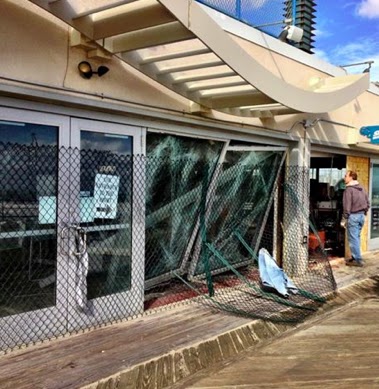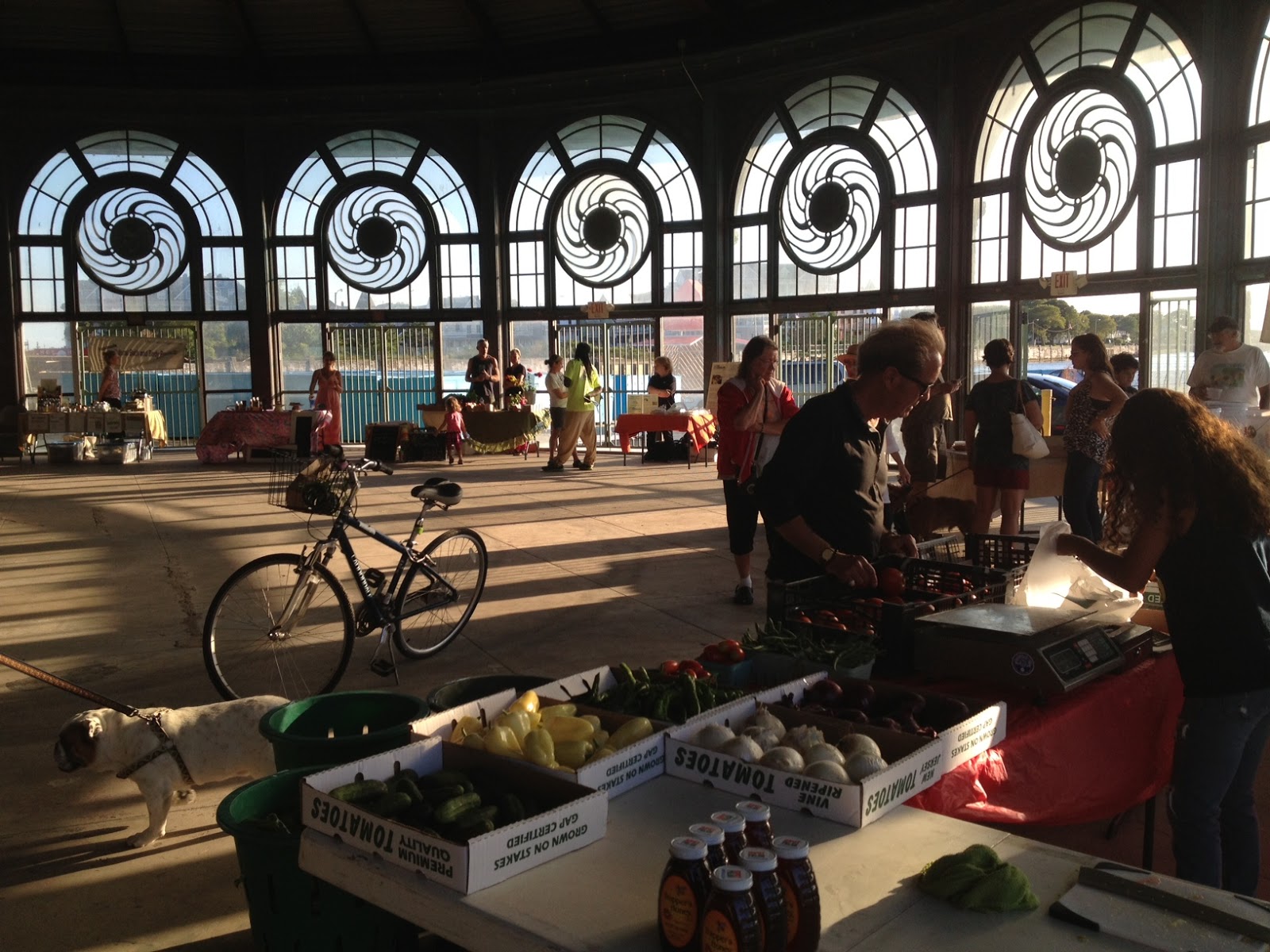Action plans by Guest Blogger:
Michael Adams
Editor’s note: Michael Adams is the Co-Founder of Gredio, web-based food manufacturing
software for specialty food companies built to help you effortlessly run
your business (and forget about Excel spreadsheets). He also runs Green
Mountain Mustard, found in over 100 retailers across New England.
You’ve got your
product. Sales are going well at the farmer’s market - maybe you’ve been able
to create room on the shelf for your products at local retailers. A lot of food
producers don’t make it as far as you have. But, you have a unique problem on
your hands.
How do you grow your
food business beyond just a couple of stores?
Most importantly, how
do you make your food business your full-time gig and get rid of that pesky
side-job. This is where, just like many small businesses, you have to get
creative.
Here are 7 ways to
grow your food business as well as the steps to be successful in each growth
opportunity.
1. Retail/Wholesale
This is the most
popular way to grow your food business. Getting your product into thousands of
retailers is every producer’s dream. But, going from 10 to 100 to 1,000 retailers
is tough enough. Here’s a five step action plan to grow your retail presence:
1. Ask customers
where they want your product
2. Contact the store
to find out who the buyer is
3. Send over samples,
price sheet, and a business card
4. Follow up one week
later to see about meeting the buyer
5. Promote your new
retail location to your customers.
It’s a simple action
plan, but that’s really how it’s done. If customers tell you where to go,
they’ll at least be buying your product. Why buy where your customers aren’t?
Let’s move on to the second way to grow your food business.
2. Ecommerce
Selling your product
online is becoming an easy way for food producers to reach customers across the
nation. Being able to buy hot sauce from Vermont, granola from Washington, and
oranges from Florida not only creates a web of commerce, but helps others
discover products without leaving their couch. That means if you’re a rural
Virginia honey producer, your market is really the nation - not just your
small-town customers. How can you take advantage of the web to grow your
business? Here’s five steps to take:
2. Select and build
your store (you can get a designer to help you)
3. Think about what
promotions and shipping you’ll offer your customers.
4. Create an
experience with your product (they only have one chance to open your box)
5. Promote your store
online and to your customers (especially tourists)
3. Fairs and
Festivals
There’s almost
nothing better than being able to interact with your customers. You get to know
how much they love your product. You get to hear what recipes they’ve
used your product in...and more! Here’s how to get your product into more fairs
and festivals:
2. Ask other food
producers about shows (they’ll know which ones are good)
3. Try as many shows
as possible (some will be good, some bad)
4. Build a beautiful
display (this is no farmer’s market. You’re next to artists and craftspeople)
5. Emphasize free
shipping (give tourists an incentive to buy).
4. Food Service
“Do you sell in
bigger containers?” If you get that question all the time, I’d explore food
service packaging - in quarts, gallons, condiment packets, etc. It’s a great
way to sell a lot of product quickly. Plus, you get on the menu at some top
restaurants in your area. Here’s the quick list of how to get started in food
service:
1. Figure out your
needs to package in larger containers
2. Determine your
product cost and appropriate margins
3. Find a foodservice
distributor or start knocking on doors (we find after lunch is the best time)
4. Make suggestions
on how to use your product in certain dishes (do you research beforehand)
5. Follow up with
restaurants directly (distributors don’t always have time to sell your product)
5. Catalog
Thought direct mail
was a dying breed? It’s actually quite popular. From postcards to mail-order
catalogs, more businesses are looking to use catalog sales to grow their food
businesses. Here’s 5 tips to make your holiday catalog sales season a success:
1. Identify catalogs
you would like to be in
2. Plan 4-6 months
ahead (catalogs take a long time to plan)
3. Send samples
(plus, make sure you’re including why you’re unique.)
4. Promote that
you’re in the catalog - help the mail-order company drive their own sales!
5. Follow up after
the catalog run to see how you can be a part of the next catalog (assuming it
went well!)
6. Private Label
As one of my
favorites on the list, private labeling offers other companies the opportunity
to put their own label on your product. For example, when you walk into a store
and it seems there’s an endless amount of food products - that’s private
labeling. The store has taken other company's recipes and labeled them as their
own. Here’s 5 tips to make private labeling work for you:
1. Let them create
their own label art (you have better things to do)
2. Have minimum
orders (10 cases of product is a good recommendation)
3. Put it on your
website (don’t let it be a secret)
4. Target weddings
and corporate events (they LOVE to private label everything)
5. Let it happen
(many private label companies simply fall into place)
7. Daily Deal Sites
Daily deal sites are
all over the place.There’s tons of them. From Groupon to Living Social,
LocalvoreToday to Jumponit (a few local ones in Vermont), they offer companies
a chance to build their fan base. But, there are some things you have to watch
out for. Here are a couple tips:
1. Make the deal
worth it (offering free shipping isn’t going to cut it)
2. Make it profitable
(make sure you’re making money)
3. Run the deal on
multiple deal sites - you can attract a larger crowd
4. Try your deal at
different times of the year (holidays are almost always best!)
5. Learn and improve
for next time (it never goes right the first time - learn and try again)
What strategies have
used to grow your food business? Let’s start a discussion below in the comments
and grow our food businesses together.










